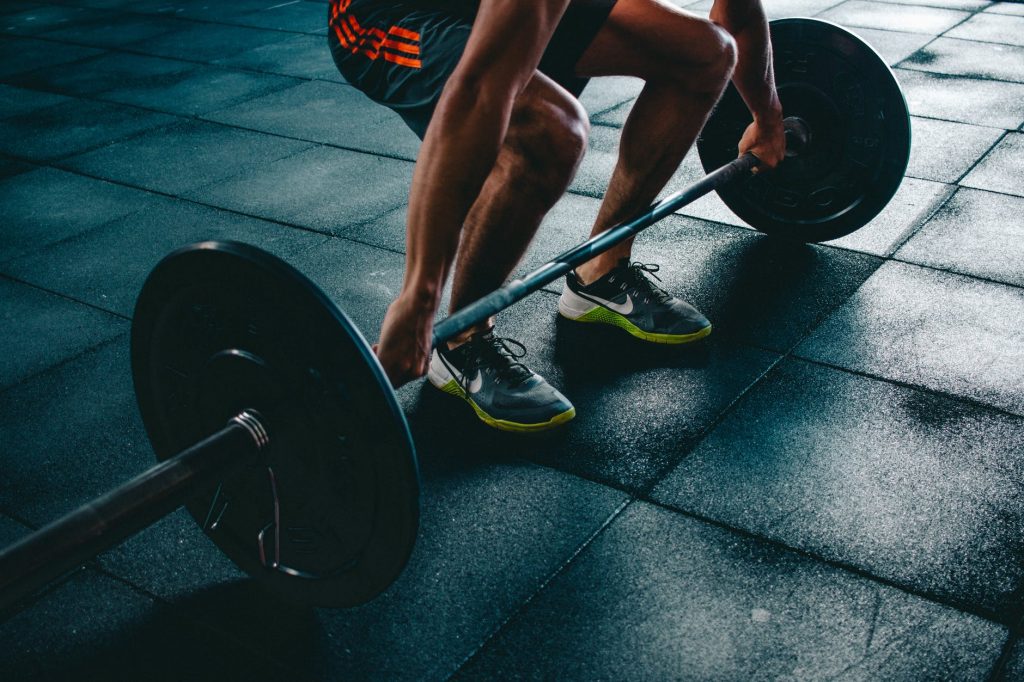Chains are the links between body parts, such as the hips, knees and ankles. In a closed chain exercise, the end of the chain farthest from your body is in a fixed position. The best examples are squats and lunges where the feet are in a fixed position and the rest of the chain moves.
Closed chain exercises are useful in post-injury recovery since these emphasized joint compression and, thus, aids in joint stability. These exercises also typically involve more muscles and joints resulting in better coordination and stability for the entire structure.
The following exercises are the lesser-known closed chain exercises. Before performing these exercises, you should consider asking a personal trainer, say, at Gold’s Gym for guidance about proper form and technique. You don’t want to add another injury on top of an old injury!
Quad Dips
Stand with your feet about shoulder width apart; find your balance. Slowly bend your knees for 20-30 degrees, hold for 10 seconds, and return to full extension. Repeat for a few reps for as many times as you can tolerate.
As your leg strength gradually increases, shift your weight to your weaker side and use your stronger side for balance. This way, you’re also training your weaker side, usually the injured side, for strength and stamina.
Tip: Keep your knees straight out so that these are over the top of your feet instead of your knees bending inward to your big toes. Balance is the key here.
Standing Weight Shift
Stand with your feet shoulder width apart with your knees slightly bent; check that you have good balance via equal weight distribution. Slowly shift your bodyweight on your right leg while still keeping both feet on the ground.
Hold the position for 5 seconds and then go back to your original position with your body weight equally distributed on both legs. Slowly shift your body weight to your left leg and hold the position for 5 seconds.
Continue shifting back and forth for one to two minutes. While the exercise seems easy enough, it develops strength in both legs by training them to absorb your body weight alternately.
Stork Stand
The stork is a more challenging closed chain exercise but it’s effective in strengthening your muscles and improving your balance. Stand on your weaker – or the one with the injury – leg and lift your stronger leg in the air. Keep your arms by your side for balance.
Close your arms while holding the position for as long as you can. Rest for a few seconds and then repeat several times. (Closing your eyes challenges your brain and body to work in sync to keep your overall balance)
When these closed chain exercises are performed along with quads and squats, your injured chain will recover faster. Again, be sure to talk to your personal trainer first.
